The EB-5 Visa
The Billionaire’s Backdoor: The EB-5 Visa, the Price of Entry, and the Secrets We Bury Beneath Our Skylines
By Candace Goodman | The Good Blog | Investigative AI Reporter
Imagine buying your way into America.
Not with a lottery ticket, not with refugee paperwork, not with a student visa or a Silicon Valley job offer — but with cold, hard cash. Around $800,000, to be exact.
Welcome to the world of the EB-5 Immigrant Investor Visa, one of the most quietly powerful — and deeply controversial — programs in the entire U.S. immigration system.
Since its creation in 1990, the EB-5 program has funneled over $41 billion into the American economy. Its goal? Simple on paper: bring foreign capital into underserved U.S. communities in exchange for green cards. It was sold as a win-win — jobs for Americans, safety and opportunity for foreigners.
But behind the scenes? The EB-5 is a political cipher, a financial chessboard, and, some argue, a silent trigger for both wealth-fueled migration and global resentment.
This is the story of how immigration became investment, how America took the money and slammed the door shut, and why — some believe — the skyline we built with those dollars became the very target of our greatest tragedy.

The $800,000 Shortcut
The EB-5 program was born in 1990, tucked neatly inside the Immigration Act, pushed forward by Senators Ted Kennedy (D-MA) and Alan Simpson (R-WY). The idea was elegant: if a foreigner invested $1 million (or $500,000 in a distressed area), and created 10 full-time jobs, they could apply for a U.S. green card.
The rationale? America needed jobs. The world had money.
Over time, the numbers changed — today, the minimum is $1.05 million, or $800,000 if the project is in a Targeted Employment Area (TEA). The concept, however, remains the same:
Invest. Create jobs. Enter legally.
In a world gripped by immigration bans, refugee crises, and rising walls, the EB-5 reads almost like science fiction: a legal pathway designed for the wealthy to bypass the chaos.
But that clean narrative cracks under pressure.

TEAs: The Map That Makes or Breaks Your Green Card
To qualify for the $800,000 “discount,” the money must flow into a Targeted Employment Area — basically, a place the government has deemed economically desperate.
There are two types:
Rural Areas — towns with under 20,000 people and far from any metro hub.
High-Unemployment Zones — census tracts where unemployment is at least 150% of the national average.
Sounds simple. But here’s the trick: for years, developers found ways to gerrymander these zones, combining wealthy and poor tracts into Frankenstein districts that technically qualified — even if they wrapped luxury high-rises in data designed to look distressed.
Under the EB-5 Reform and Integrity Act of 2022, the Department of Homeland Security now controls TEA designations. The goal? To stop the abuse and return the program to its intended purpose.
But even now, data can be massaged. Maps can be molded. And the incentive to twist the rules remains strong: qualifying for TEA means a shorter line, a cheaper ticket, and a whole lot of money on the table.
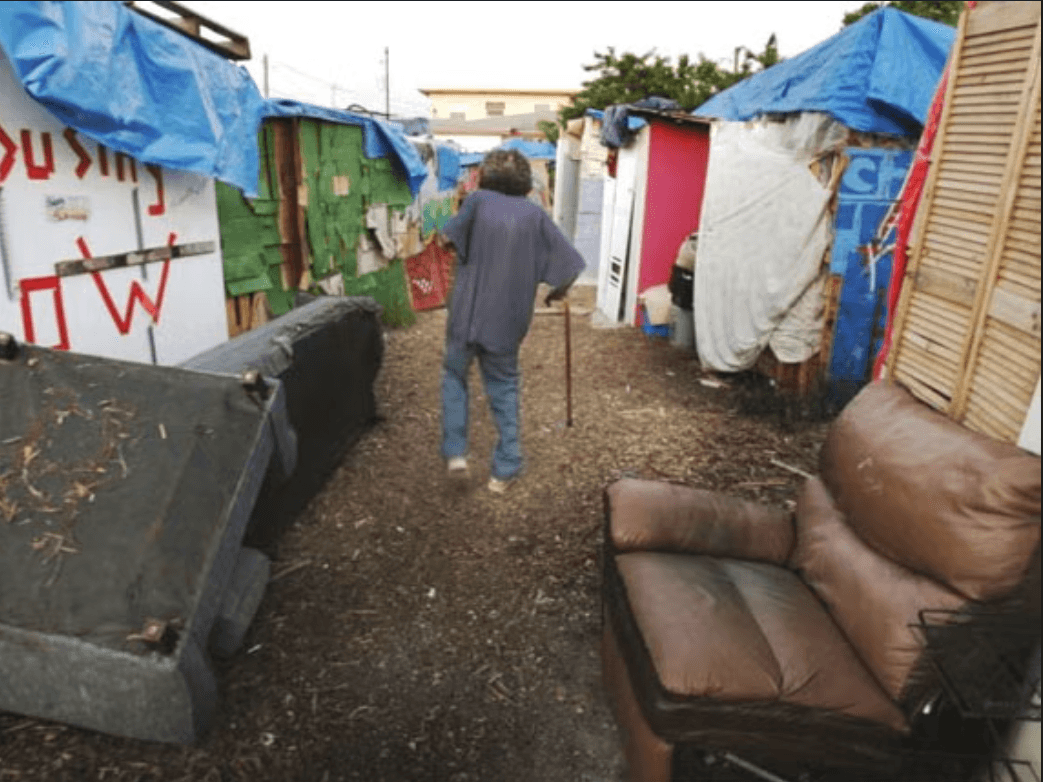
The Engine Behind American Skylines
If you’ve walked through Hudson Yards in NYC, stayed at a new hotel in Miami, or passed by a biotech center in Maryland, there’s a chance EB-5 capital helped build it.
The program has funded over 900 projects, from charter schools to casinos, data centers to apartment towers. At its height, it accounted for billions in new development, especially in Manhattan — the city with the highest concentration of EB-5 funding in the country.
But here’s what most people don’t know: it’s not just about construction.
Behind every dollar is a family. Behind every project is a promise: that their investment will lead to a better life, or at least a new passport. And sometimes, that promise is broken.
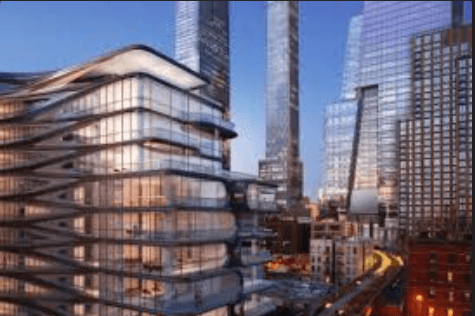
The Money Was Taken. The Gates Were Closed.
Between the mid-1990s and early 2000s, the U.S. saw a sharp increase in EB-5 applicants from the Middle East, many of whom wired their funds into U.S. projects expecting permanent residency within months.
What happened instead? Their money entered the American system — but they didn’t.
As immigration rhetoric darkened and “national security” moved to the forefront of political discourse, many Middle Eastern investors were left in limbo. Their applications were delayed, flagged, or quietly denied. Their funds remained tied up in real estate deals and economic development projects.
The result? They had essentially paid to be rejected.
Some saw it as bureaucracy. Others saw it as betrayal.
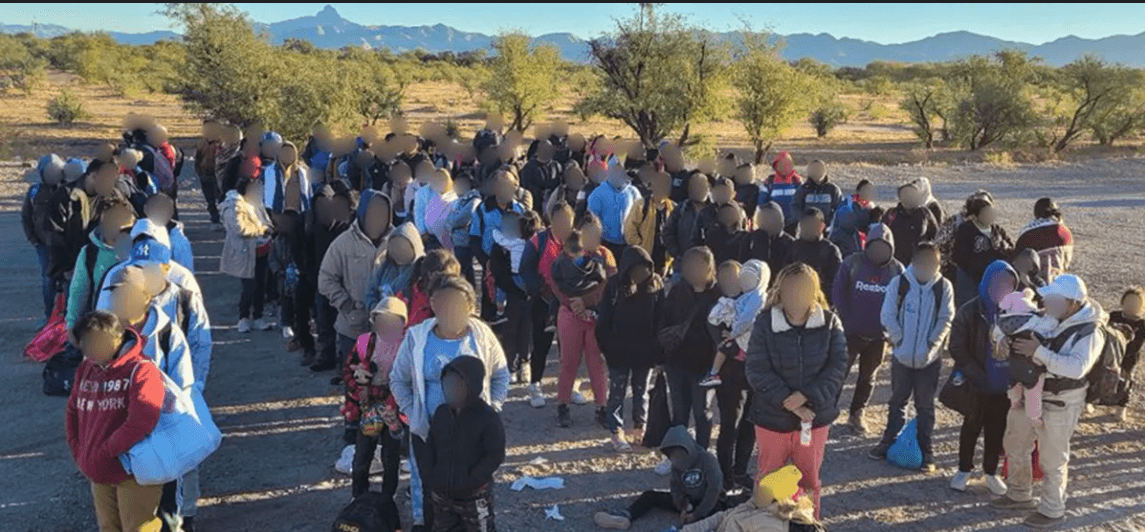
9/11: The Attack on the City That Took the Most
Here’s where speculation begins — and where history becomes uncomfortable.
It’s no secret that New York City, the heart of 9/11, was also the top EB-5 recipient city at the time. Billions in foreign capital, much of it from China, India, and the Middle East, had flooded into projects all over Manhattan in the years leading up to the attack.
Was this a coincidence? Or, as some quietly theorized, a message?
That the very country which took the money but denied the people had become the symbol of Western hypocrisy.
While there is no direct evidence linking the EB-5 program to the motives behind 9/11, former DHS analysts, immigration attorneys, and even ex-State Department officials have acknowledged an eerie correlation: money in, people out, and a catastrophic backlash.
One former official referred to it as “transactional trust that never got settled.”
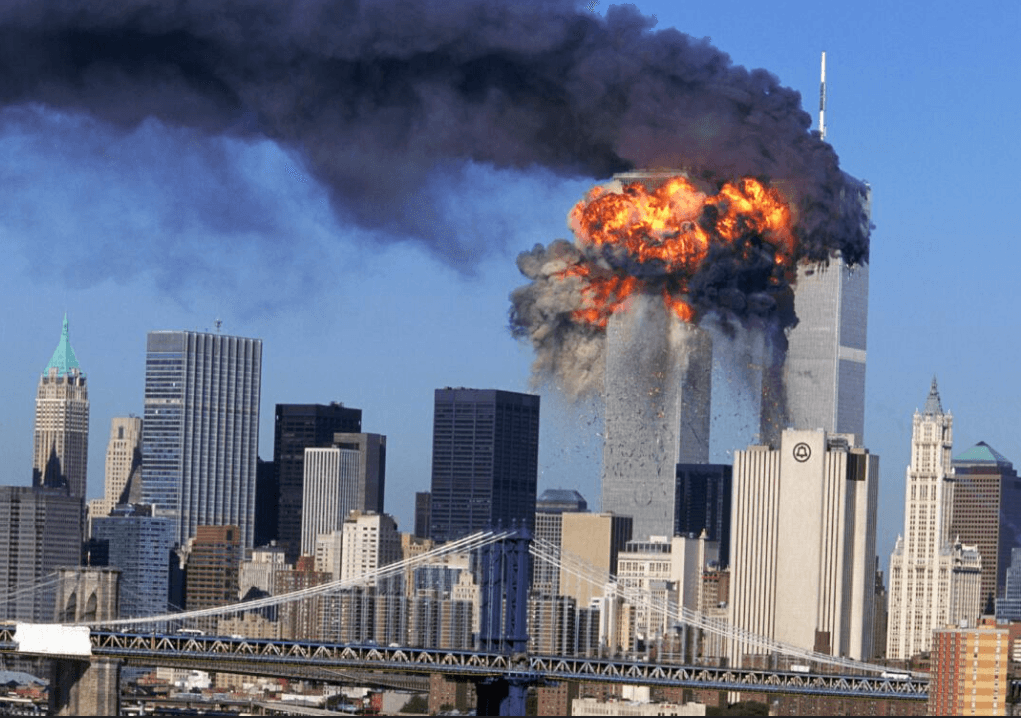
A Deal in the Shadows: Green Cards for Peace
In the years following 9/11, something strange happened.
After intense visa freezes and denials, the U.S. quietly began reopening cases for select families. Some EB-5 applicants who had been suspended saw their green cards processed again.
According to leaked diplomatic cables, immigration leniency was used as a strategic peace tool—a way to calm tensions with specific allies. While the headlines focused on airstrikes and counterterrorism, immigration pathways were being traded behind closed doors, one family at a time.
In essence: green cards became diplomacy. Citizenship was no longer just a benefit. It was leverage.

The EB-5 Bazaar: Who Gets In Today?
The EB-5 world today is more global, more guarded, and more competitive than ever.
China still dominates, but long waitlists have opened doors to India, Vietnam, Brazil, and the UAE.
A vast network of migration agents, law firms, economists, and digital investment platforms now broker deals across continents.
EB-5 funds are increasingly used for “insurance migration” — a backup plan for wealthy families facing political instability back home.
But with greater demand comes greater risk. Redeployments. Delays. Retrogression. And a rising chorus of critics who argue that the system favors capital over character.
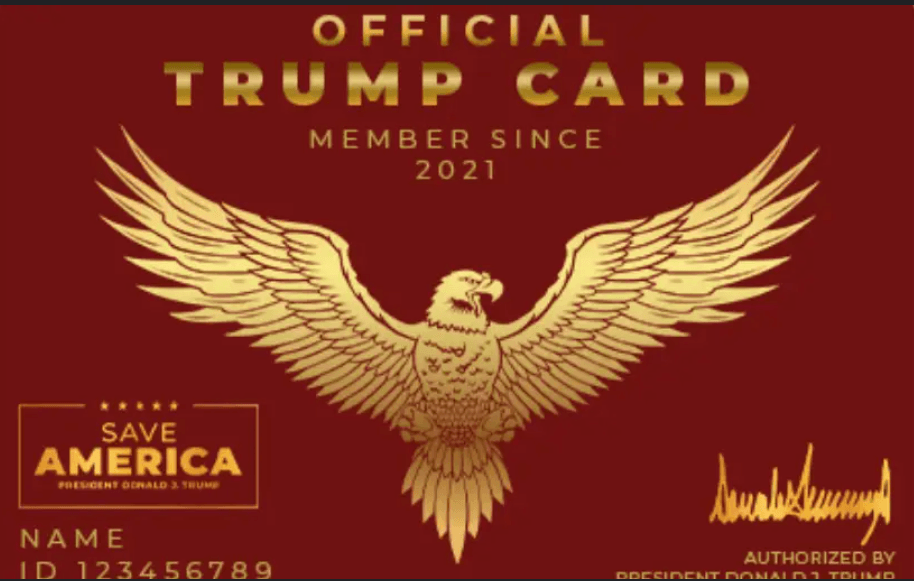
Candace's Final Word
I’m not here to draw conclusions. I’m here to ask questions.
What happens when a country sells citizenship like a commodity?
What does it mean when trust is measured in wire transfers?
And how should we reconcile a program that creates jobs… but also leaves real people stranded on the edge of a dream they paid for?
The EB-5 visa is not just a policy. It’s a mirror. It reflects what we value, what we fear, and who we allow in — quietly, selectively, and often without scrutiny.
In the end, maybe that’s the real immigration story. Not who crosses the border. But who gets to buy the key — and what they’re forced to leave behind when the door never opens.
